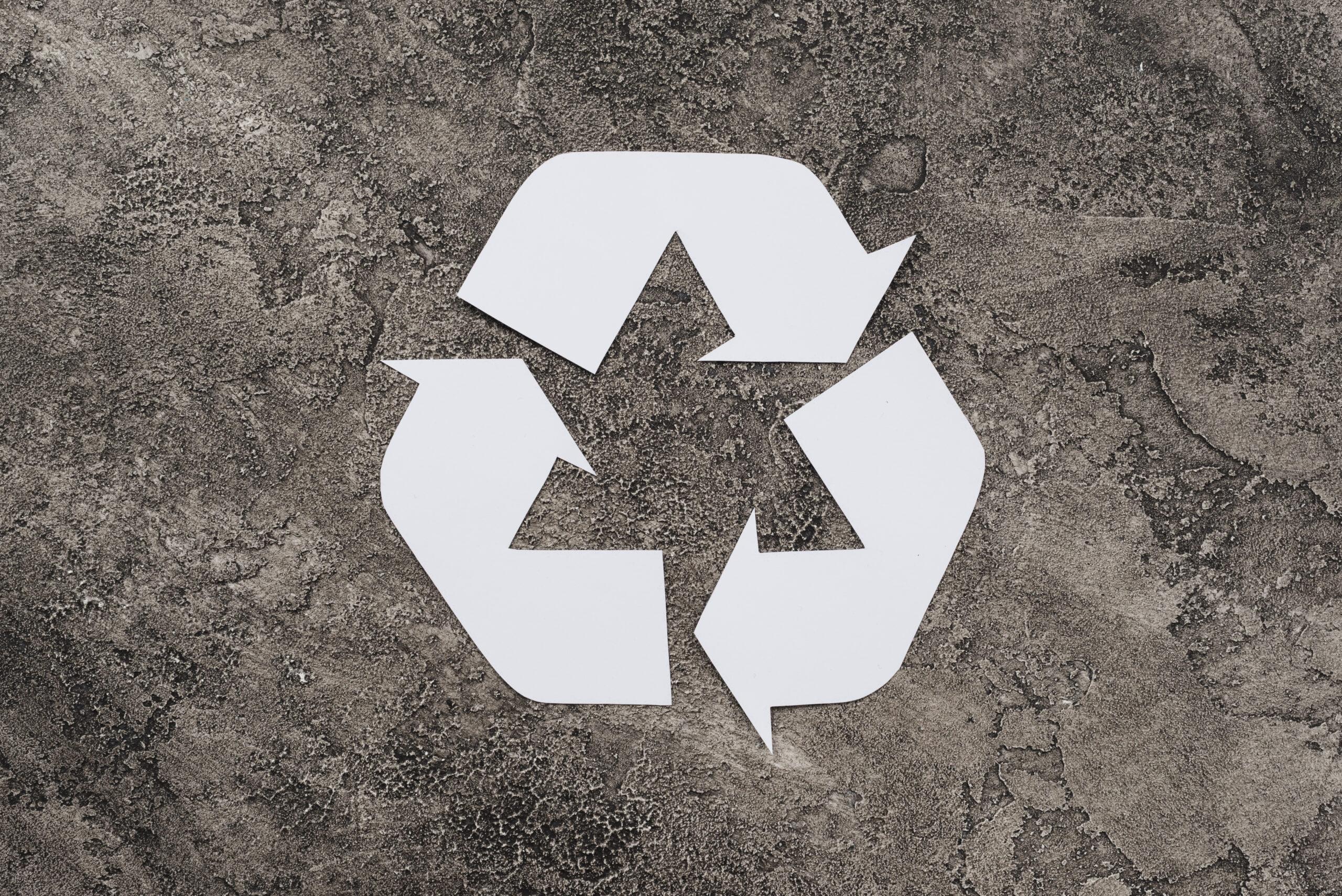At a time when environmental protection and resource conservation are becoming increasingly important, recycled concrete (RC-Concrete) is becoming a significant attention in the construction industry.
Why RC-Concrete?
Each year, the demolition of buildings in Europe generates around 375 million tonnes of mineral construction waste, which is approximately one third of the total waste generated. These materials include concrete, bricks, wood, and steel. At the same time, the construction industry consumes huge amounts of natural raw materials – about 3 billion tonnes of aggregates are mined each year to meet demand.
Reuse of construction waste is essential to conserve valuable resources and reduce environmental impact.
What is RC-Concrete?
RC-Concrete is a sustainable approach to conserving our natural resources. Natural aggregates are replaced with recycled aggregates from construction waste, such as broken concrete or bricks. The non-polluting secondary raw material is sorted, crushed and sieved to ensure a consistent grain size for use in concrete. The recycled aggregate is then mixed with cement and water to produce RC-Concrete. In Germany, for example, the standard allows for up to 45 by volume of recycled aggregate content.
Benefits of RC-Concrete
- Resource Conservation: Reusing of construction waste conserves natural resources.
- Waste Reduction: RC-Concrete helps to reduce the amount of construction waste and saves landfill space.
- Climate Protection: The use of RC-Concrete can reduce the CO2-footprint of the construction industry by reducing the transport distances.
RC-Concrete is an important step towards a sustainable construction economy. Supporting research and development in this field is essential. Projects such as ReBuilt by Interreg play a central role in promoting innovative solutions and supporting the integration of RC-Concrete into everyday construction practice. With advancing technology and a growing awareness of sustainable building practices, RC-concrete could become a standard material in the future, making a significant contribution to protecting our environment.
Article prepared by PP14 Munich University of Applied Sceinces MUAS (Johanna Zentner)
European Environment Agency. (2020). Construction and demolition waste: challenges and opportunities in a circular economy. https://www.eea.europa.eu/publications/construction-and-demolition-waste-challenges
European Aggregates Association (UEPG). (2020). Annual Report 2020-2021. https://www.aggregates-europe.eu/wp-content/uploads/2023/03/Final_-_UEPG-AR2020_2021-V05_spreads72dpiLowQReduced.pdf#:~:text=URL%3A%20https%3A%2F%2Fwww.aggregates
DIN EN 1045-2 (2023) Concrete, reinforced and prestressed concrete structures – Part 2: Concrete
